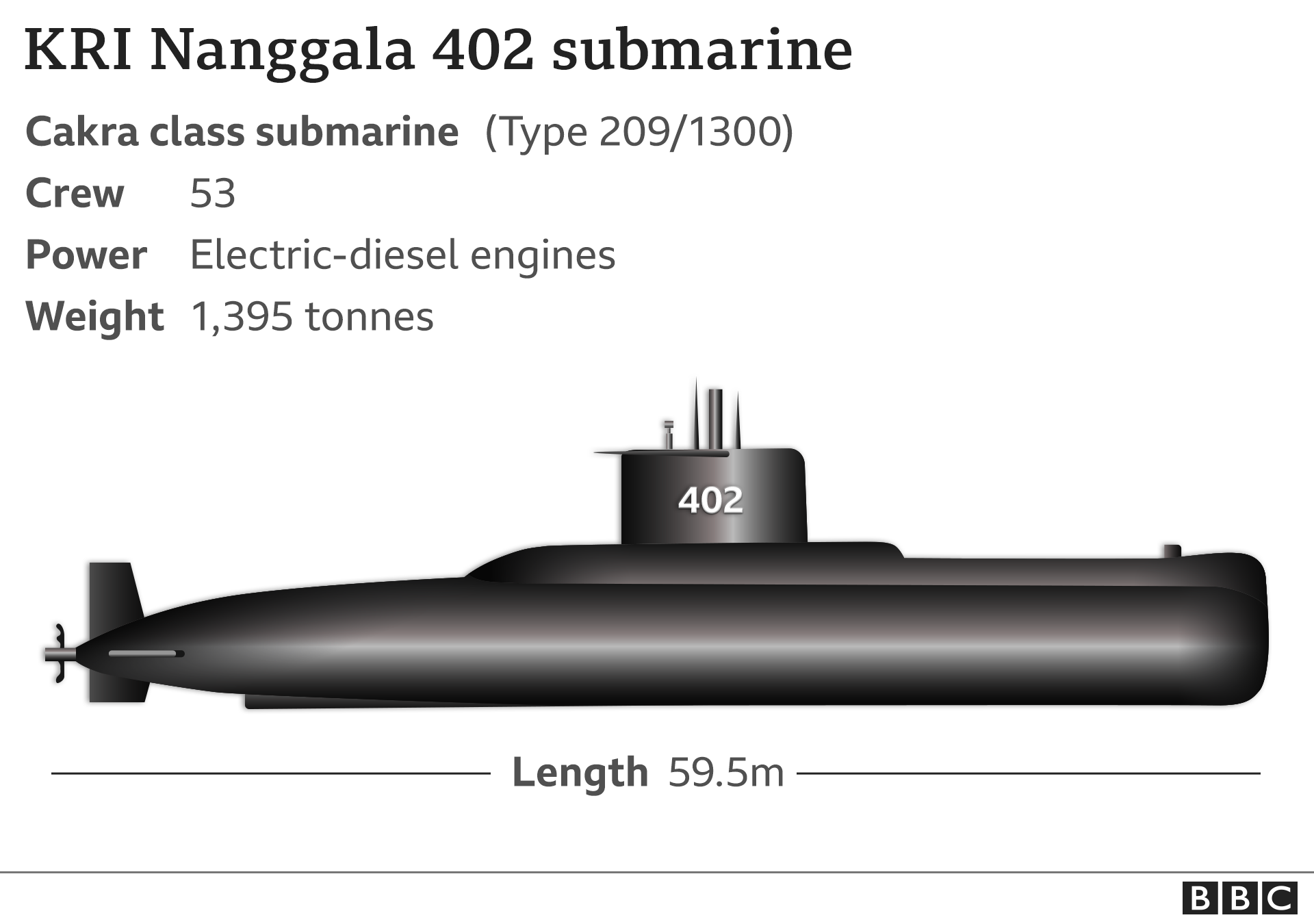
In World War II, submariners avoided the Strait of Gibraltar partly because they were aware of its reputation for propagating unusual undersea waves that were considered hazardous, David Farmer, a physical oceanographer at the University of Rhode Island, told USA Today in 2014.Īt the height of the Cold War in 1984, a Soviet submarine that was apparently running beneath a tanker to mask its exit from the Strait suddenly smashed into the tanker's hull, causing damage to both vessels and forcing the submarine to surface. Navy noted that "The passage of large-amplitude internal waves could make submarine depth control difficult, particularly when the submarine is running quietly at low speed." The report, titled Internal Waves: Their Influence Upon Naval Operations, added that such waves "could initiate uncontrollable sinking of a submarine." Officials now speculate that the loss of the sub could have been caused by an internal wave.Ī 1966 study by the U.S. "Lombok Strait is also a known region of strong internal waves," Alford, who researches the phenomenon, says.Ī photo released on Sunday by the Indonesian navy shows parts of submarine KRI Nanggala that sank in the Bali Sea. "nternal waves are very strong and are a hazard because they sweep ocean layers (and potentially anything in them including divers or subs) downwards hundreds of meters in just a few minutes," Alford says in an email to NPR. Matthew Alford, associate director of the Marine Physical Laboratory and head of the Oceans and Atmospheres Section of the Scripps Institution of Oceanography, says that the U.S., China and Russia "have spent a lot of money" studying internal waves in the South China Sea because of their potential impact on naval operations in the strategic waterway. They are also known to exist in the Lombok Strait area in Indonesia, where the Nanggala was lost. Internal waves occur in specific ocean regions around the world – places such as the Strait of Gibraltar that links the Mediterranean with the Atlantic Ocean, parts of the Western Pacific and the South China Sea.

They are generated by the interplay of strong tides, warmer and cooler ocean layers and the undersea geography.


Such waves - while seldom noticed by observers on the surface - can reach dizzying undersea heights and therefore cause concern for submarines, scientists say. Asia Indonesian Navy Loses Contact With Submarine 53 Aboard


 0 kommentar(er)
0 kommentar(er)
